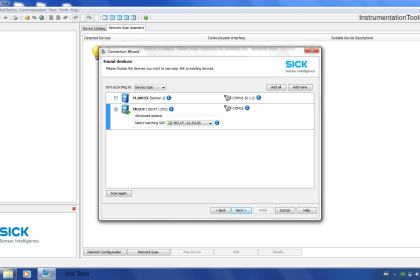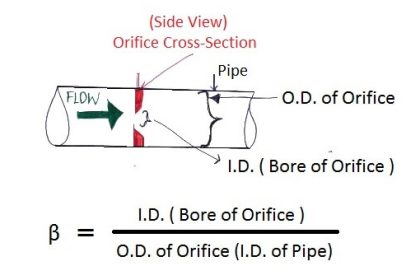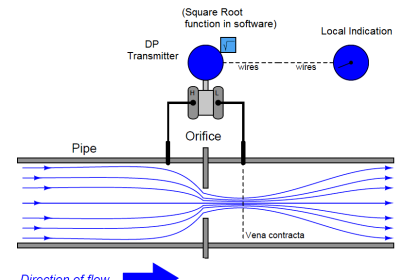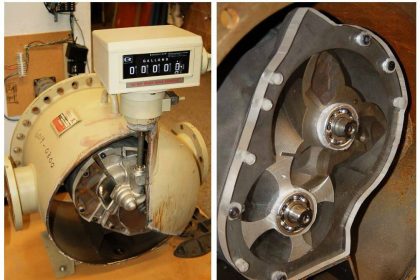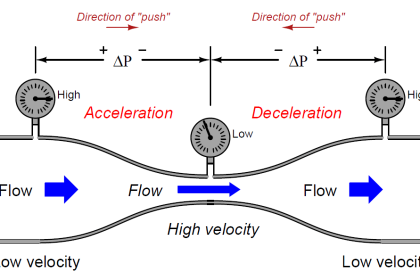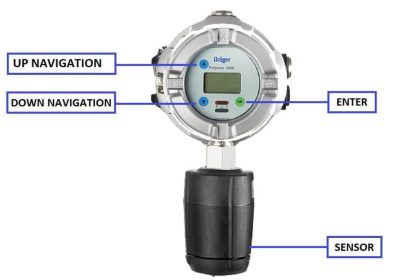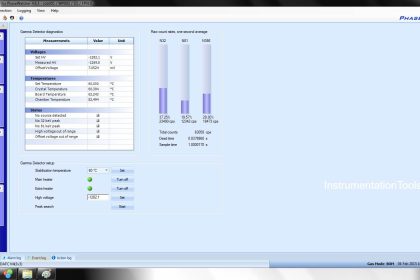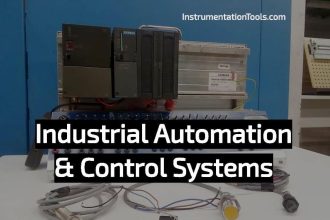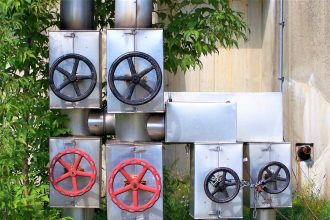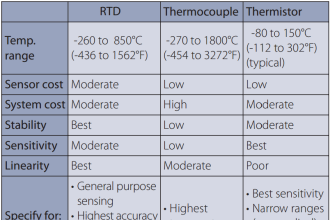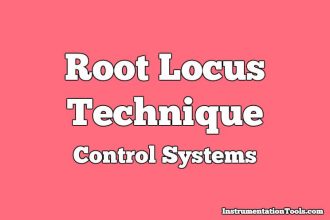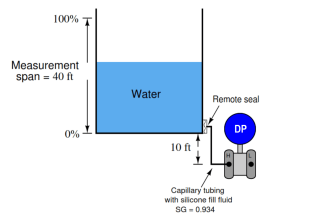PhaseWatcher fixed multiphase well production monitoring equipment uses Vx technology to continuously measure flow rates in wells exhibiting up to three-phase flow for production monitoring.
Vx multiphase well testing technology combines an instrumented venture with a dual-energy fraction meter which measures the total mass flow rate and the fractions of gas, oil, and water which in turn determines individual flow rates.
Vx technology functions without the need for separation or an upstream mixing device.
Multiphase Flow Meter

The PhaseWatcher meter consists of two main sections:
- The Measuring Section
- The Data Acquisition Flow Computer
Make: Schlumberger
Model No: Phase Watcher Vx (VXPW N1-65HT)
Flow Measurement System (Specific Type): Venturi & Dual Energy Gamma Ray
Flow meters using Vx technology require no process control because they are insensitive to changes in flow rate, phase holdup, and pressure regime. The heart of these measurement systems is fast data acquisition at the venture section of a multi-energy gamma ray holdup meter with no moving parts.
The venturi section can be mounted on a portable skid for temporary installations or installed as a permanent monitoring device. The mass flow rate is measured conventionally using absolute and differential pressure sensors.
Principle
The measuring principle is based on a total mass flow rate measured by a venturi meter and the individual phase fractions measured by a dual-energy gamma fraction meter. The Measuring Section contains the venturi meter and the dual energy gamma fraction meter.
The data acquired in the Measuring Section are processed in the Data Acquisition Flow Computer, which computes the line pressure and temperature and the individual phase flow rates. The data can be transmitted to a service computer or to a supervisory system via a digital serial link (RS 422 or RS 232) and Modbus Protocol.
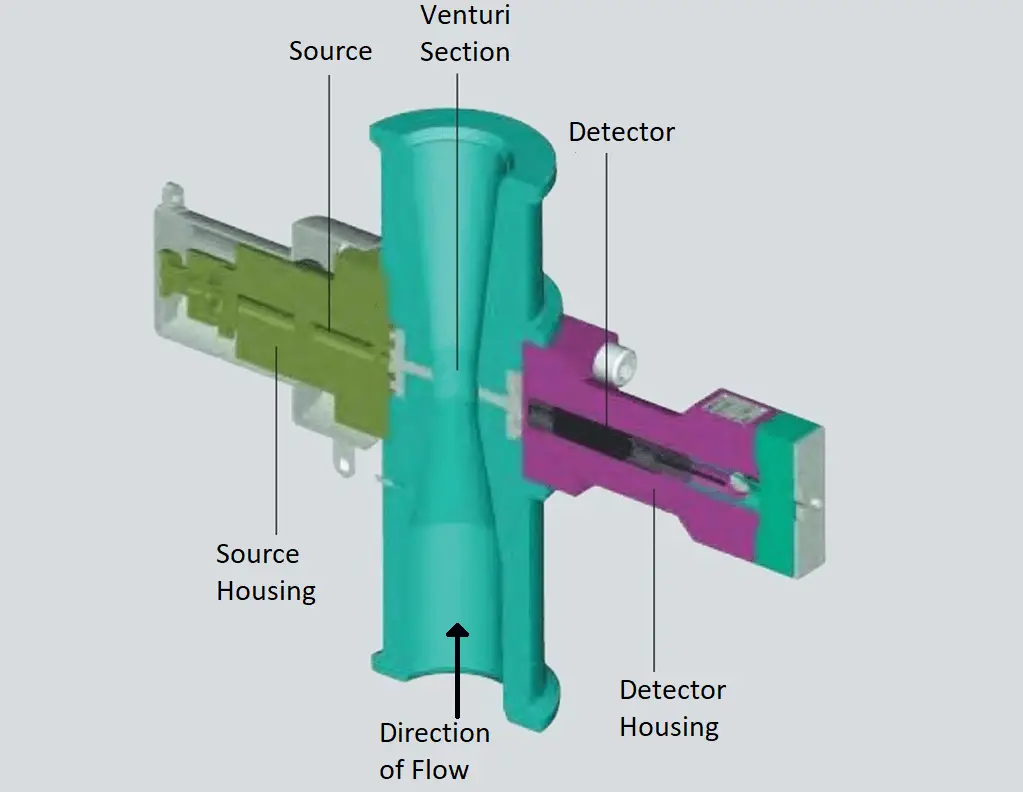
Image Courtesy: Schlumberger
PhaseWatcher breaks up the flow regime into a turbulent mixture and uses high-frequency measurements to precisely measure the individual phase fractions. In this manner, the PhaseWatcher measurements are unaffected by any flow pattern that appears in multiphase flow lines.
The PhaseWatcher MPFM utilizes two energy levels from a Barium133 source for the fraction measurements in multiphase flow.
Calibration of MPFM
PhaseWatcher was developed around physical measurements, rather than flow modeling. Hence it does not require any flowing calibration.
Calibration of Gamma Detector
Calibration of the gamma detector is normally performed on air at atmospheric conditions prior to installation; however, it can also be performed on any other fluid as long as its properties are known. This way a remotely operated multiphase flow meter can be calibrated simply on the fluid which may settle out inside the multiphase flow meter after closing an upstream or downstream valve.
Even without being properly calibrated, the gamma meter will identify whether the fluid is oil, water or gas, and the appropriate static single-point calibration can be performed.
Calibration of Differential Pressure Transmitter
The differential pressure transmitter is calibrated by performing a single-point static measurement following the same procedure as for the gamma detector. The differential pressure at static conditions equals the hydrostatic height between the two sensor elements.
The pressure ports in the venturi section are arranged with a facility that allows flushing. This feature can reduce the risk of pressure port blockages. Flushing procedures are part of normal operational routines.
Flushing media will be high-pressure fluid supplied through a dedicated hydraulic line which can also be used to fill the measuring section with the same fluid for calibration purposes. The high-pressure flushing media can be either hydraulic control fluid, chemical injection fluid, methanol, or similar.
The pressure ports can also be fitted with remote seals, which prevent the mixing of process fluids and the hydraulic control fluid. Fitting remote seals eliminates the requirement for flushing.
Calibration of Pressure and Temperature Transmitters
For many applications, small deviations in temperature and pressure readings have little impact on the flow rate computations. A simple comparison with the pressure and temperature readings taken at an X-mas tree or nearby manifold will be accurate enough.
Alternatively, when the meter is isolated and pressurized through the flushing line, the pressure transmitter can be calibrated using a deadweight tester connected to the flushing line.
If you liked this article, then please subscribe to our YouTube Channel for Instrumentation, Electrical, PLC, and SCADA video tutorials.
You can also follow us on Facebook and Twitter to receive daily updates.
Read Next:
- Turndown Ratio for Flow Meter
- Flow Meter K-factor Calculations
- Turbine Flow Meter Verification
- Coriolis Flow Meter Uncertainty
- Types of Vortex Flow Sensors
